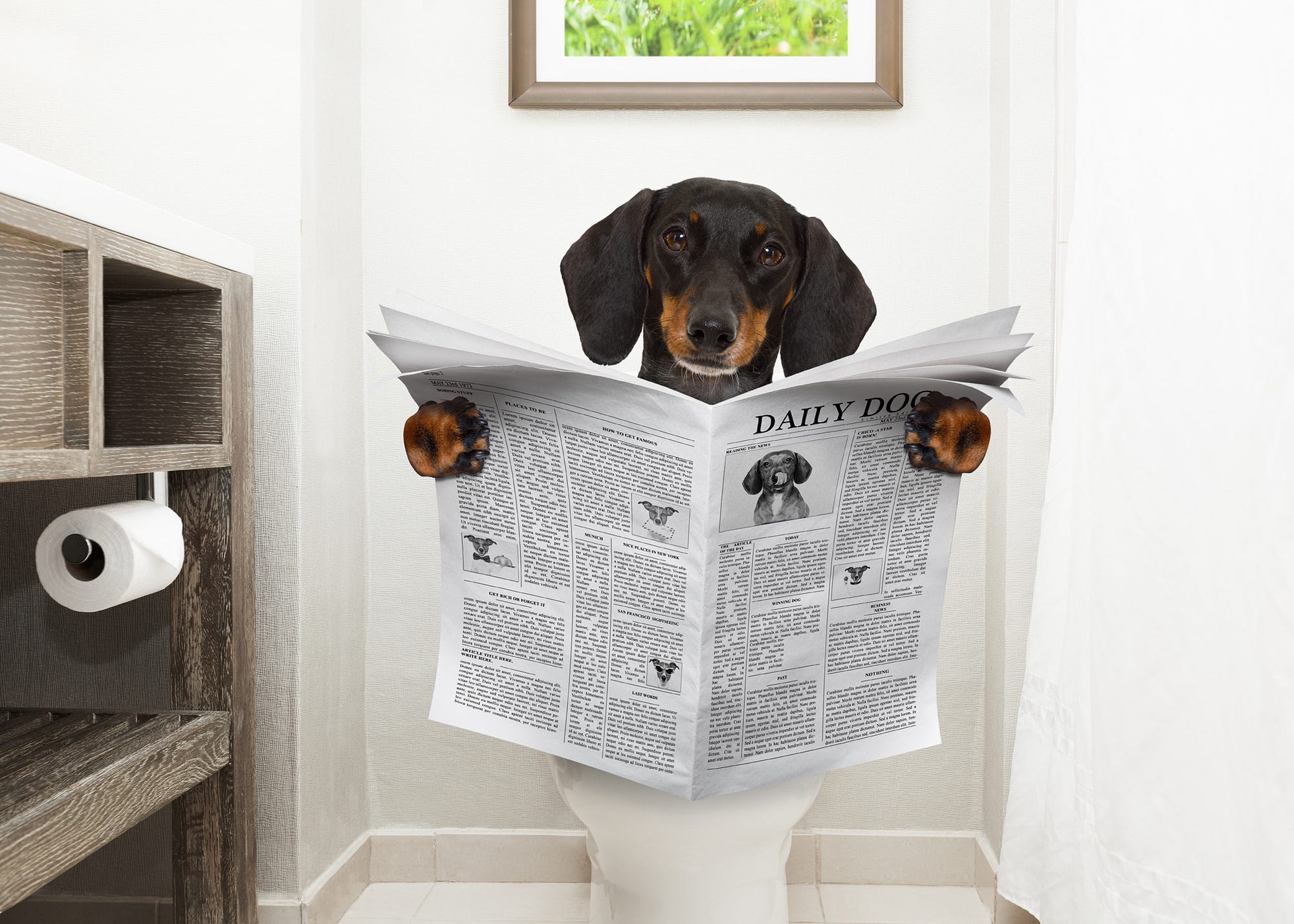An Effects of Flushing Animal Waste Down the Toilet
Call TodayHere underneath yow will discover some awesome ideas about 10 Things You Should Never Flush Down The Toilet.

When it pertains to dealing with waste, especially animal waste, lots of people usually consider the convenient choice of flushing it down the toilet. Nonetheless, this apparently simple option can have severe effects for the atmosphere and public health. In this short article, we'll discover why flushing pet waste down the commode is a negative concept and supply different methods for correct disposal.
Introduction
Correct waste disposal is critical for preserving ecological sustainability and public health. While it may appear safe to purge animal waste down the commode, it can bring about numerous issues, both for the environment and human wellness.
Threats of flushing pet waste
Ecological impact
Purging pet waste introduces damaging bacteria and microorganisms into waterways, which can negatively impact aquatic ecological communities. These pathogens can infect water resources and harm marine life, interfering with fragile ecosystems.
Public health issues
Animal waste has damaging bacteria such as E. coli and Salmonella, which can posture severe health dangers to humans. Purging animal waste down the commode can contaminate water products, causing the spread of conditions and infections.
Alternatives to flushing
Instead of purging animal waste down the commode, there are numerous alternative disposal techniques that are a lot more environmentally friendly and hygienic.
Composting
Composting animal waste is a green method to get rid of it. By composting, organic matter is broken down into nutrient-rich soil, which can be utilized to fertilize gardens and plants.
Garbage dump disposal
Taking care of animal waste in a garbage dump is another alternative. While not as environmentally friendly as composting, it is a more secure choice to flushing, as it stops the contamination of water resources.
Animal waste disposal systems
There are specific family pet waste disposal systems check here offered that safely and hygienically throw away animal waste. These systems typically make use of enzymes to break down waste and eliminate smells.
Actions to proper pet waste disposal
To guarantee proper disposal of pet waste, adhere to these actions:
Scooping and nabbing waste
Regularly scoop and bag pet waste making use of naturally degradable bags. This stops waste from contaminating the environment.
Making use of designated waste bins
Dispose of bagged animal waste in designated waste containers, such as compost containers or garbage dump containers. Stay clear of flushing it down the bathroom whatsoever costs.
Cleaning can and animal areas routinely
Regularly tidy litter boxes and family pet locations to stop the accumulation of waste and germs. Use pet-safe cleaning items to preserve hygiene.
Advantages of appropriate disposal methods
Embracing correct disposal techniques for animal waste provides a number of advantages:
Reduced environmental pollution
Proper disposal techniques minimize the danger of environmental pollution, securing waterways and ecosystems from contamination
Decreased risk of water contamination.
By preventing flushing pet waste down the toilet, the risk of water contamination is significantly minimized, securing public health.
Boosted hygiene and hygiene
Correct disposal approaches advertise far better cleanliness and hygiene, developing a much safer setting for both humans and animals.
Verdict
To conclude, purging pet waste down the bathroom is damaging to the environment and public health. By taking on different disposal approaches and following proper waste administration practices, we can lessen the adverse impact of pet waste and add to a cleaner, much healthier earth.
Why You Should Never Flush Cat Poop Down the Toilet
A rose by any other name might smell as sweet, but not all poop is created equal. Toilets, and our sewage systems, are designed for human excrement, not animal waste. It might seem like it couldn’t hurt to toss cat feces into the loo, but it’s not a good idea to flush cat poop in the toilet.
First and foremost, assuming your cat uses a litter box, any waste is going to have litter on it. And even the smallest amount of litter can wreak havoc on plumbing.
Over time, small amounts build up, filling up your septic system. Most litter sold today is clumping; it is made from a type of clay that hardens when it gets wet. Ever tried to scrape old clumps from the bottom of a litter box? You know just how cement-hard it can get!
Now imagine just a small clump of that stuck in your pipes. A simple de-clogger like Drano isn’t going to cut it. And that means it’s going to cost you big time to fix it.
For an amusing, graphic tale of what happens when you flush too much litter down the toilet all at once, take a few minutes to read Gene Weingarten’s 2017 Washington Post column “So that’s what happens when you flush cat litter down the toilet.”
Parasitic Contamination
Believe it or not, your healthy kitty may be harboring a nasty parasite. Only cats excrete Toxoplasma in their feces. Yet it rarely causes serious health issues in the cats that are infected. Most people will be fine too if infected. Only pregnant women and people with compromised immune systems are at risk. (If you’ve ever heard how women who are expecting are excused from litter cleaning duty, Toxoplasma is why.)
But other animals may have a problem if infected with the parasite. And human water treatment systems aren’t designed to handle it. As a result, the systems don’t remove the parasite before discharging wastewater into local waterways. Fish, shellfish, and other marine life — otters in particular — are susceptible to toxoplasma. If exposed, most will end up with brain damage and many will die.
Depending on the species of fish, they may end up on someone’s fish hook and, ultimately on someone’s dinner plate. If that someone has a chronic illness, they’re at risk.
Skip the Toilet Training
We know there are folks out there who like to toilet train their cats. And we give them props, it takes a lot of work. But thanks to the toxoplasma, it’s not a good idea.
Leave the toilet to the humans, and accept your future litter cleaning duty.

Regularly tidy litter boxes and family pet locations to stop the accumulation of waste and germs. Use pet-safe cleaning items to preserve hygiene.
Advantages of appropriate disposal methods
Embracing correct disposal techniques for animal waste provides a number of advantages:
Reduced environmental pollution
Proper disposal techniques minimize the danger of environmental pollution, securing waterways and ecosystems from contamination
Decreased risk of water contamination.
By preventing flushing pet waste down the toilet, the risk of water contamination is significantly minimized, securing public health.
Boosted hygiene and hygiene
Correct disposal approaches advertise far better cleanliness and hygiene, developing a much safer setting for both humans and animals.
Verdict
To conclude, purging pet waste down the bathroom is damaging to the environment and public health. By taking on different disposal approaches and following proper waste administration practices, we can lessen the adverse impact of pet waste and add to a cleaner, much healthier earth.
Why You Should Never Flush Cat Poop Down the Toilet
A rose by any other name might smell as sweet, but not all poop is created equal. Toilets, and our sewage systems, are designed for human excrement, not animal waste. It might seem like it couldn’t hurt to toss cat feces into the loo, but it’s not a good idea to flush cat poop in the toilet.
First and foremost, assuming your cat uses a litter box, any waste is going to have litter on it. And even the smallest amount of litter can wreak havoc on plumbing.
Over time, small amounts build up, filling up your septic system. Most litter sold today is clumping; it is made from a type of clay that hardens when it gets wet. Ever tried to scrape old clumps from the bottom of a litter box? You know just how cement-hard it can get!
Now imagine just a small clump of that stuck in your pipes. A simple de-clogger like Drano isn’t going to cut it. And that means it’s going to cost you big time to fix it.
For an amusing, graphic tale of what happens when you flush too much litter down the toilet all at once, take a few minutes to read Gene Weingarten’s 2017 Washington Post column “So that’s what happens when you flush cat litter down the toilet.”
Parasitic Contamination
Believe it or not, your healthy kitty may be harboring a nasty parasite. Only cats excrete Toxoplasma in their feces. Yet it rarely causes serious health issues in the cats that are infected. Most people will be fine too if infected. Only pregnant women and people with compromised immune systems are at risk. (If you’ve ever heard how women who are expecting are excused from litter cleaning duty, Toxoplasma is why.)
But other animals may have a problem if infected with the parasite. And human water treatment systems aren’t designed to handle it. As a result, the systems don’t remove the parasite before discharging wastewater into local waterways. Fish, shellfish, and other marine life — otters in particular — are susceptible to toxoplasma. If exposed, most will end up with brain damage and many will die.
Depending on the species of fish, they may end up on someone’s fish hook and, ultimately on someone’s dinner plate. If that someone has a chronic illness, they’re at risk.
Skip the Toilet Training
We know there are folks out there who like to toilet train their cats. And we give them props, it takes a lot of work. But thanks to the toxoplasma, it’s not a good idea.
Leave the toilet to the humans, and accept your future litter cleaning duty.

We had been shown that editorial on Why you should never flush dog poop down the toilet through a buddy on another website. Liked our review? Please share it. Help other people discover it. Thank you for being here. Don't hesitate to check our blog back soon.
Website